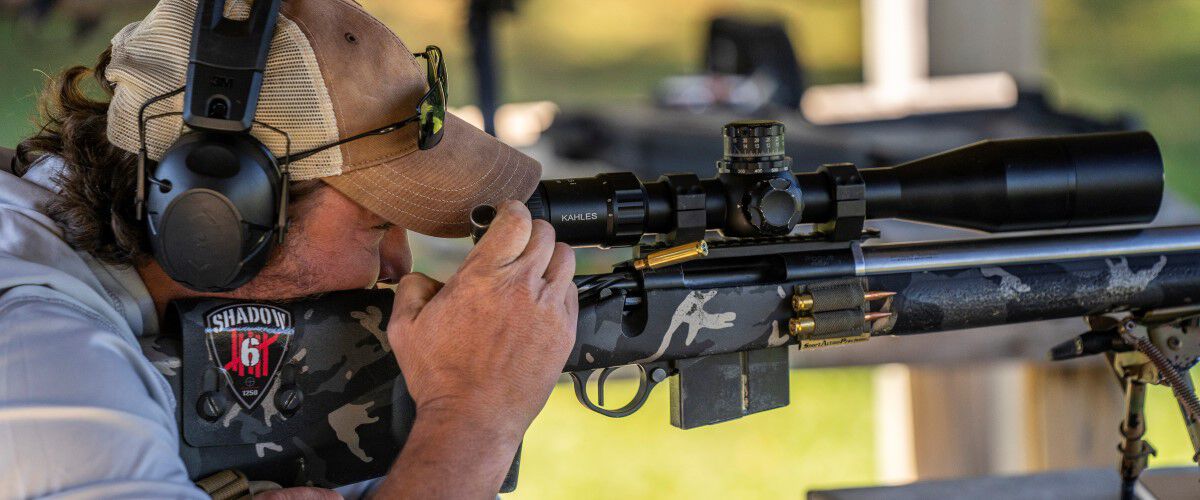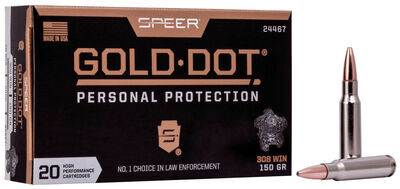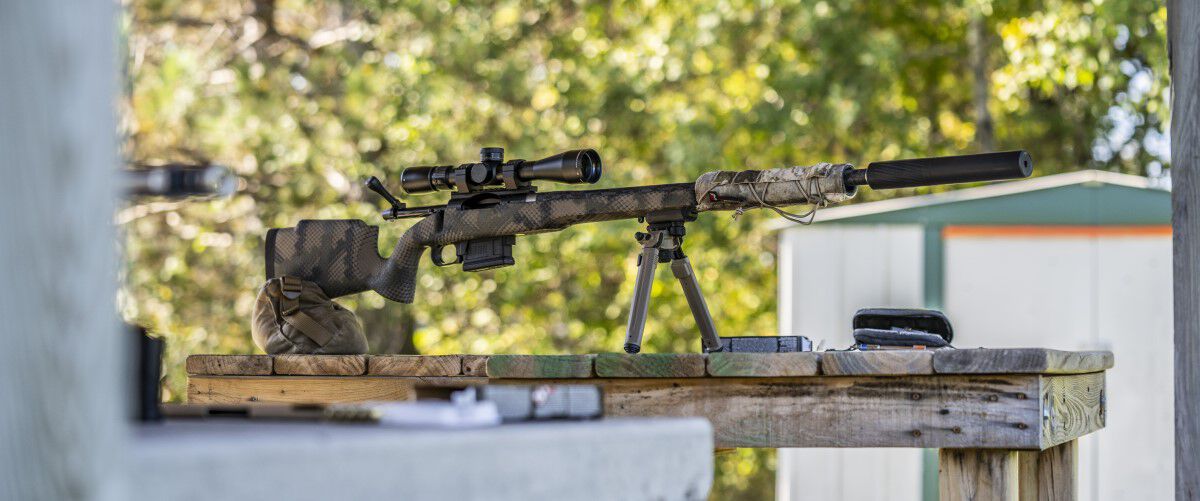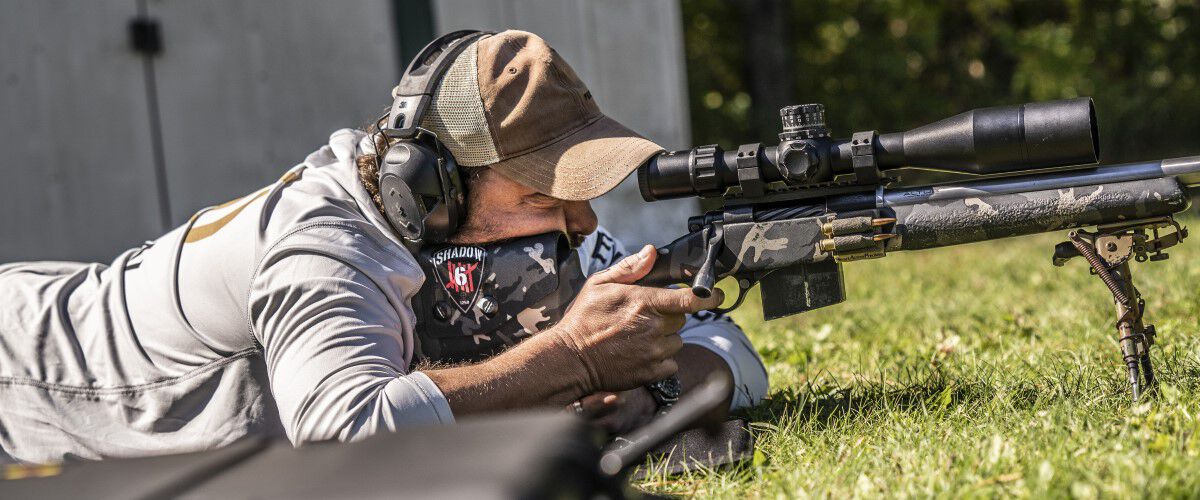
At first glance, shooting a rifle equipped with a bipod seems pretty straightforward. After all, when attached to a gun’s fore-end, the two-legged stands help create a steady rest, allowing better accuracy, especially at long range.
But as with any firearms equipment, bipods involve a few nuances you must consider to really boost shooting performance. Just ask Jim Gilliland, a competition shooter and retired U.S. Army first sergeant. “There are fewer ways to shoot more accurately than with a bipod in the front and a good solid shooting bag or 'sand sock' in the rear,” he says.
Gilliland should know. With more than 20 years in the infantry, he selected, trained, equipped and deployed a 10-man sniper section that was recognized by the Joint Chiefs of Staff as the most successful sniper group during Operation Iraqi Freedom III. While serving in Ramadi, Iraq, Gilliland was recognized for engaging an enemy combatant with a M24 SWS at 1,250 meters with one round, setting a record for the 7.62mm NATO cartridge. Nowadays, he operates Shadow 6 Consulting, which offers firearms training and other services.
Gold Dot Rifle Personal Protection
Speer® Gold Dot® ammunition’s reliability has made it the No. 1 choice for law enforcement, and we offer the same performance for self-defense rifle applications. Gold Dot rifle is engineered to provide industry-leading performance in FBI protocol testing through barrels less than 16 inches long. Its bullets are built using Speer’s exclusive Uni-Cor® method. The jacket is bonded to the core one atom at a time, virtually eliminating core-jacket separation and creating a projectile that’s accurate, tough and consistent through all common barriers.
Buy Now
Design Preferences
First, Gilliland says, shooters should purchase a solid, well-made bipod. Good models don’t have to be expensive and described the bipods he and his wife use as “not cheap, but not high-end.”
Also, Gilliland says, make sure the bipod is mounted correctly and solidly to your gun. “When you put the bipod on, however you attach it, you want to make sure the attachment point is rigid,” he says. “Any loose slop between the stock and the bipod is going to make it even more difficult to shoot with one. It can give you quick side-to-side jerks making it hard to maintain stability on target.”

Gilliland likes bipods with swivel bases so he can move the gun from side to side. However, he says shooters should tighten the swivel point so it requires some effort to move, which eliminates unwanted motion.
“If you don’t tighten up your swivel point, once you get settled in, every movement you make is going to cause your gun flop side to side, just like a loose attachment point” he says. “The swivel should allow you to cant it from side to side, but I keep mine somewhat tight so I have to use a little tension in my wrist to push or pull it over to be where I want to be.” Shooters should also look for bipods that aren’t too long or too short, Gilliland says. He uses 9- to 13-inch bipods on his hunting rifles but prefers 6-to-9-inch models for practical field competitions and general field shooting.
“The problem is, the longer you go, the more there is to get in the way, more weight to deal with, and fewer shooting positions that are available to use,” he says.
Target Match Rifle Bullets
Shooting at extreme range requires a special kind of bullet. Speer® Target Match projectiles have what it takes to go the distance thanks to a low drag profile, high ballistic coefficient, precision jacket and consistent hollow point.
Buy Now
Gilliland says shooting with a bipod-equipped rifle is fairly intuitive, but people should avoid pushing into the bipod or pulling away from it, or 'loading the bipod,' which are common misconceptions.
Let It Work
“The bipod is there to hold the front of your rifle up,” he says. “Just marry up to your gun without putting any forward or rear pressure on the legs of your bipod onto the surface. If you push pressure into it on the ground, it will cause a lot of resistance, although it might seem like it’s taking up some recoil and is more stable, you cannot replicate that on a hard surface. Trying to maintain consistency is the key to continued accuracy across all shooting positions. Don’t try to make them more efficient. Just let the machine work the way the machine is intended to work.”

Of course, simply attaching a bipod to your favorite rifle won’t make you a crack shot. You still have to practice and focus on trigger control, shooting form, breathing control and other elements. However, a quality bipod boosts your ability to put rounds on target in various situations, which is something every shooter—from hunters to Army snipers—can appreciate.